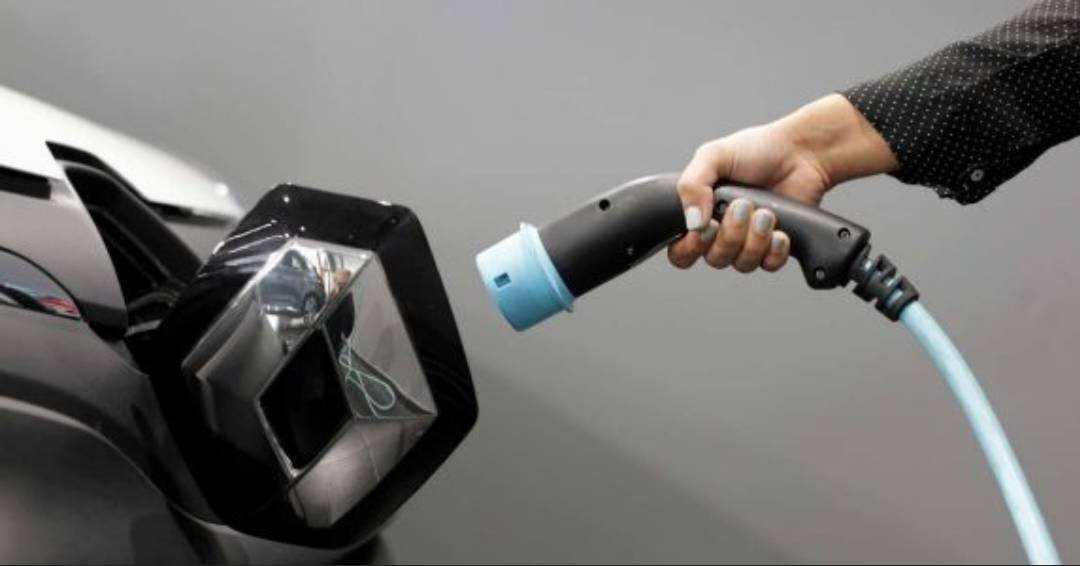
The world of automobiles is rapidly transitioning towards sustainable and eco-friendly solutions, and electric vehicles (EVs) have emerged as the vanguard of this movement. As more consumers consider making the switch to electric cars, it’s essential to understand the core components that power these innovative machines. In this feature, we delve into the heart of EV technology, shedding light on batteries, motors, and regenerative braking, to help prospective buyers make informed decisions.
1. The Powerhouse: EV Batteries
At the center of every electric vehicle lies its most critical component: the battery pack. Unlike conventional vehicles that rely on fossil fuels, EVs use batteries to store and supply electrical energy to the motor. These batteries predominantly use lithium-ion (Li-ion) technology due to their high energy density, longer life cycles, and lower weight.
Understanding battery capacity and range:
The capacity of an EV battery is typically measured in kilowatt-hours (kWh). A higher kWh rating indicates a larger capacity and, consequently, a longer driving range on a single charge. Range anxiety, the fear of running out of charge during a trip, has been a significant concern for potential EV buyers. However, advancements in battery technology have significantly improved driving ranges, making many modern EVs capable of covering hundreds of miles on a single charge.
Charging infrastructure:
The charging infrastructure is another essential aspect to consider when buying an EV. Rapid advancements in charging stations have significantly reduced charging times, with fast chargers capable of replenishing batteries in a matter of minutes. Home charging stations are also increasingly popular, allowing EV owners to charge their vehicles conveniently overnight.
2. Electric Motors: Efficiency and Performance
Electric motors are the heart of an EV’s propulsion system. Unlike the internal combustion engines (ICE) in traditional cars, electric motors generate power through the interaction of magnetic fields. This direct conversion of electrical energy to mechanical energy leads to higher efficiency and instant torque delivery, providing impressive acceleration and a smooth driving experience.
Types of electric motors:
The most common types of electric motors used in EVs are:
– Permanent Magnet Synchronous Motors (PMSM)
– Induction Motors (IM)
– Switched Reluctance Motors (SRM)
Each motor type has its advantages and trade-offs, with PMSM being the most commonly used due to its higher efficiency and power density.
3. Regenerative Braking: Capturing Energy on the Go
Regenerative braking is a remarkable feature in electric vehicles that enables them to recapture and store energy while slowing down or braking. When a driver releases the accelerator pedal or applies the brakes, the electric motor switches into generator mode. It converts the vehicle’s kinetic energy into electrical energy, which is then fed back into the battery, effectively extending the vehicle’s range.
Benefits of regenerative braking:
Regenerative braking offers several benefits, including:
– Increased energy efficiency: By recapturing energy that would otherwise be lost as heat during conventional braking, EVs become more energy-efficient and extend their range.
– Reduced brake wear: The regenerative braking system reduces wear on traditional brake components, potentially leading to longer-lasting brake pads and rotors.
– One-pedal driving: Some EVs offer a feature called “one-pedal driving,” where drivers can control both acceleration and deceleration using just the accelerator pedal, thanks to the strong regenerative braking effect.
Understanding the key components of electric vehicles, such as batteries, motors, and regenerative braking, is crucial for any prospective buyer looking to make an informed decision about going electric. As technology continues to advance, electric cars are becoming more accessible, reliable, and efficient, driving us toward a sustainable and cleaner automotive future. Embracing these advancements can help us all contribute to a greener world while enjoying the many benefits that EVs have to offer.

Post Your Comments